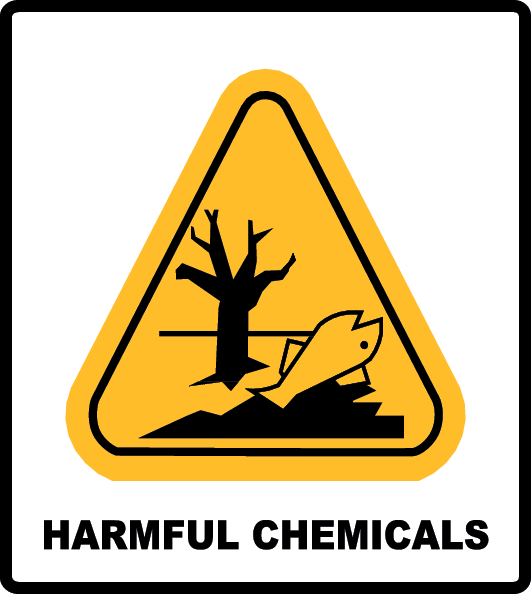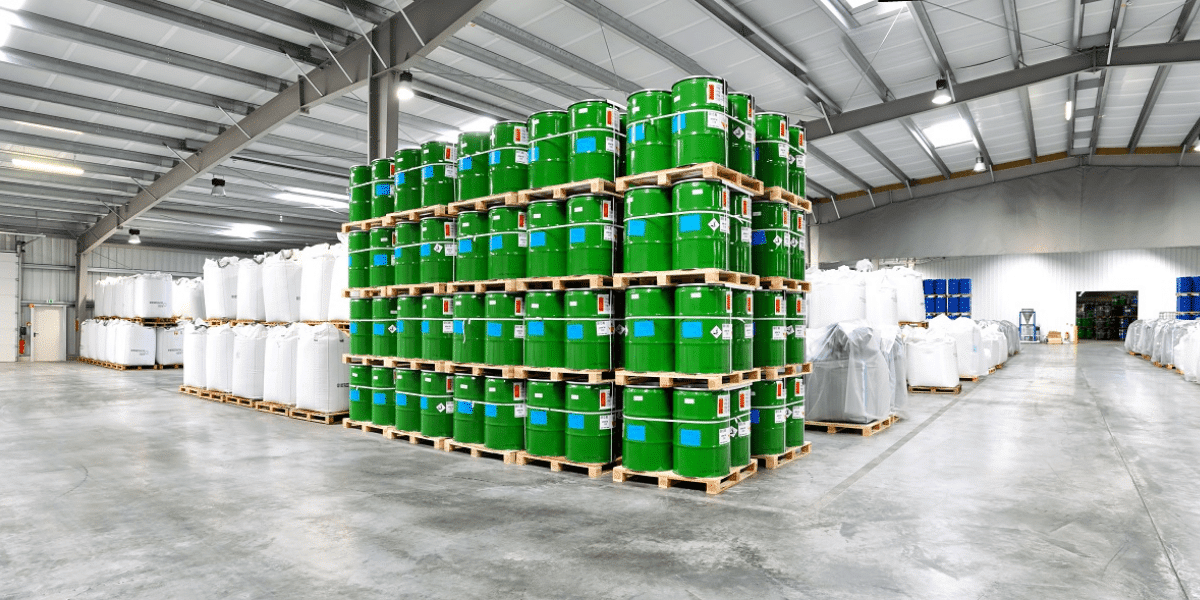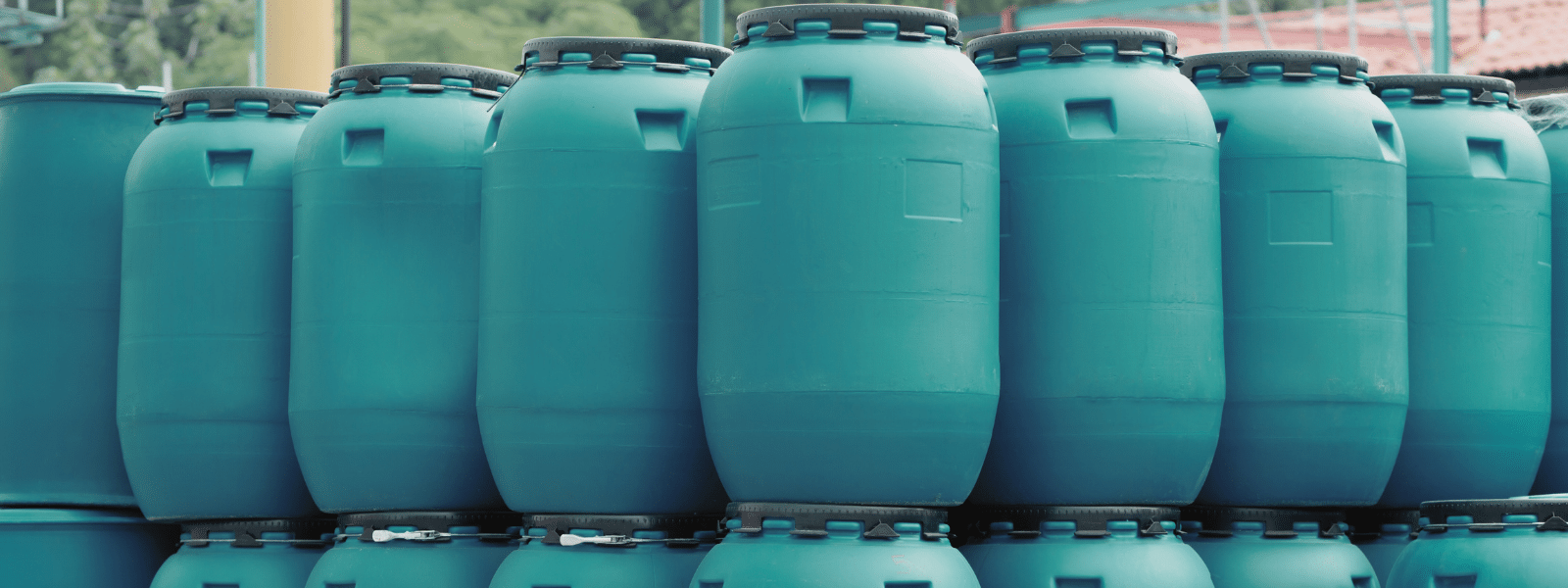Also referred to as 1-bromopropane and n-propyl bromide, nPB has been used as an industrial solvent for many years with great success. However, based on research that led the U.S. Department of Health’s National Toxicology Program (NTP) to identify nPB as a solvent that is “reasonably anticipated to be a human carcinogen”, companies and organizations that use the solution in have started to implement nPB safe alternatives that are safer for workers to use.
What Defines nPB Safe Alternatives?
There are plenty of efficacious nPB alternatives on the market, but how do you determine which of them are actually safer than nPB? One way you can make the assessment is by referring to “hazard statements” that are a part of the Globally Harmonized System of Classification and Labelling of Chemicals (GHS). So, a safe alternative for nPB would not have the following hazard statements from the GHS.
- H225
This hazard statement indicates that nPB is a “highly liquid flammable and vapor”. To reduce the risk of fires and burn injuries, choose an alternative that has a high flashpoint or is unflammable.
- H315
Indicated by this statement is the fact that nPB “causes skin irritation”. Because some solvents that have a better safety profile can cause skin irritation, too, consult your solvent supplier about the level of irritation in relation to the level of exposure time before choosing an alternative.
- H319
This hazard statement sheds light on the fact that nPB “causes serious eye irritation”. Because some solvents that are safer can also cause skin irritation, consult your solvent supplier about the level of irritation in relation to the level of exposure before you select an alternative.
- H335
As indicated by this hazard statement, one of the most common negative health effects that nPB exposure causes is “respiratory irritation”. When identifying alternatives, focus on solvents that have less volatility and contain no hazardous air pollutants (HAPs).
- H336
This hazard statement identifies nPB as a potential cause of “drowsiness or dizziness”, which could place workers at greater risk for workplace injuries. Again, When identifying alternatives, focus on solvents that have less volatility and contain no hazardous air pollutants (HAPs).
- H360
Yet another hazard statement that addresses the negative health effects of nPB, H360 identifies nPB as a cause of potential harm to “fertility or the unborn child”. By implementing an alternative that doesn’t pose the risk, you better protect both workers and their unborn children.
- H373
This hazard statement addresses one of the most toxic effects of nPB on human physiology: “damage to organs”. Damage typically occurs after “prolonged or repeated exposure”. Implementing an alternative that contains no toxic ingredients is the best way to prevent the negative outcome.
Searching for nPB Safe Alternatives?
If so, and you need guidance on selecting the best alternative regarding your specific cleaning operations, our team of experienced chemists is here to help. Once we know why and how you use nPB, we identify stock solutions that serve as ideal replacements. Or, if stock solvents don’t address your needs, we produce a custom solvent that does. In either case, you can receive a free product sample to test the efficacy of the solution.
To get started on identifying safe solvent alternatives for nPB, call us today at (800) 563-1305, or fill out the contact form on our website. We look forward to helping you protect the health of your workers.















